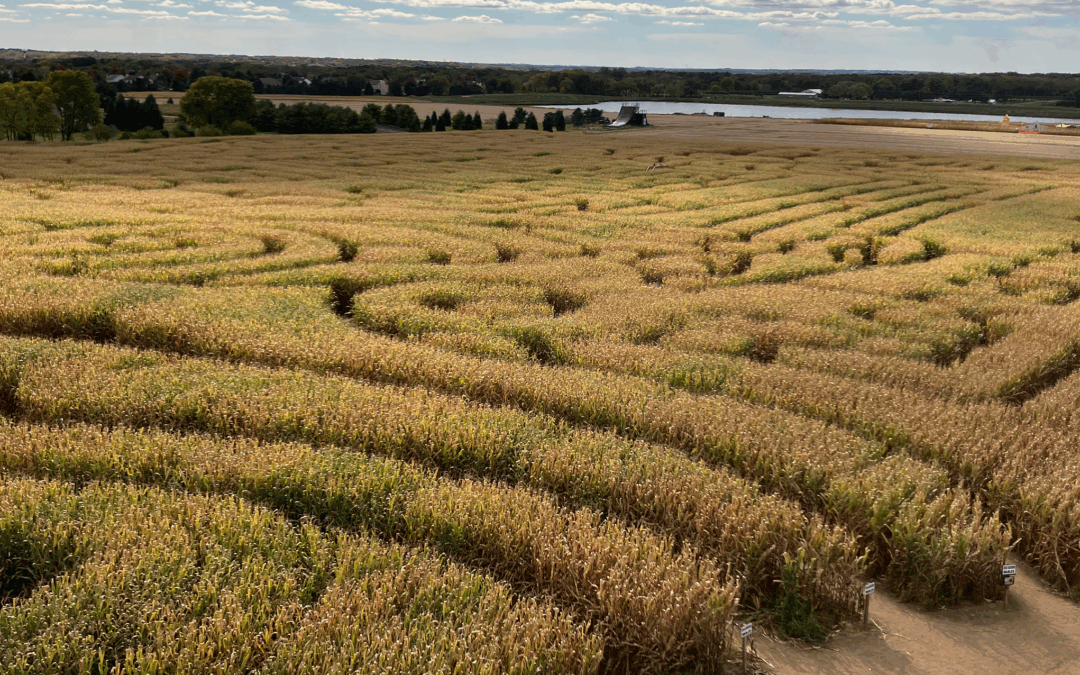
The simple pineapple, exotic in appearance and vibrant in taste, has enchanted people for centuries and has grown into a rich symbol of hospitality.
First off, Seedhouse is a brand and packaging design studio that is constantly curious – so to scratch our itch for curious tidbits, we created this series “Signs & Symbols”. In this post, we’re investigating the signs and symbol of the Pineapple.
It is said that Christopher Columbus first ‘discovered’ pineapples in 1493 while exploring the Caribbean. But long before that, indigenous peoples cultivated and transplanted the fruit (“anana”) throughout Central America, reportedly hanging them at entrances of their dwellings to welcome strangers. With Columbus’ return, the fascination with pineapples grew and expanded throughout Europe and the New World.
Others tell a story that it was colonial sea captains – who sailed the Caribbean to trade in various riches – were the ones who converted the simple fruit to meaning maker. Nautical legends say that these returning sailors would spear a pineapple on a fence post to let friends know of their safe arrival — and as an invitation to visit, eat, drink and hear tales of adventure. That tradition continued as colonial innkeepers began incorporating pineapples into their signage.
Because pineapples could only initially be grown in tropical climates, they were rare and expensive items. Purchasing or even renting a single pineapple became a way for the well-to-do to display great wealth and a commitment to hospitality — literally sparing no expense for guests. From that gentry tradition, the pineapple grew into a familiar symbol of welcome and hospitality.
Purchasing or even renting a single pineapple became a way for the well-to-do to display great wealth and a commitment to hospitality…
Even though the monetary value of the pineapple has changed over time, the symbol still carries a rich legacy of meaning while becoming a familiar motif in architecture, home goods, and furniture designs. Inns, taverns, and other houses of hospitality also built on these meaningful traditions through the years. A humble pineapple needs nearly three years to grow and mature into sweet, edible fruit, but it has taken hundreds of years to yield a symbol with such delectable meaning.
*For more on the history of what Sir Walter Raleigh called “the princess of fruits,” here is a veritable feast of information available from the University of Central Florida.
Get in touch to geek out about design. Do you have a project that we could help you with? Contact us.
(Image: Otter)




